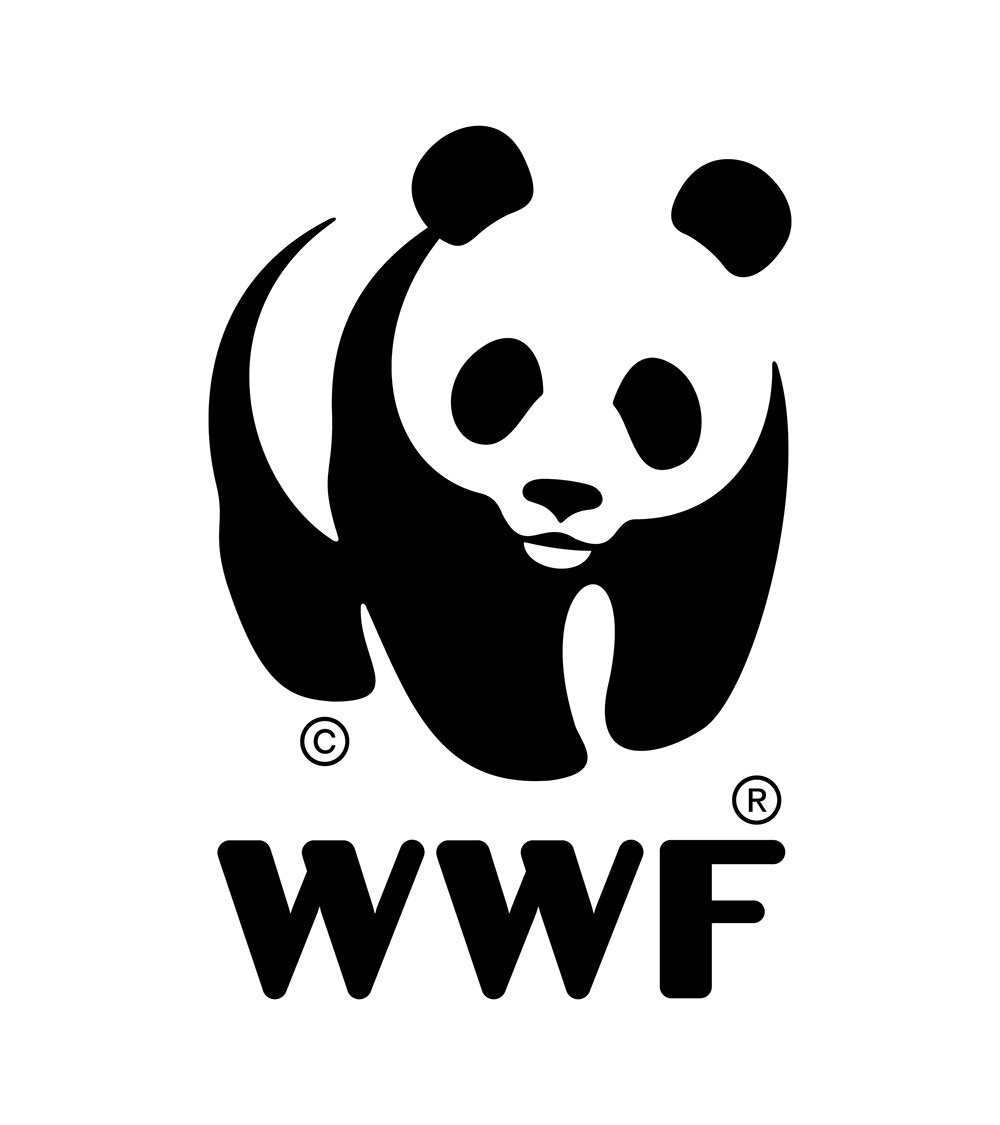Convention on Migratory Species meeting adopts stronger protection measures, including ecological connectivity
© UCSC-WWF-Chris Johnson -PermitUnderNOAA
The 14th meeting of the Conference of the Parties (CoP14) of the Convention on Migratory Species of Wild Animals ended with the adoption of a set of stronger measures for the conservation of migratory species.
The CoP opened with the launch of the first-ever UN report on the State of the World’s Migratory Species. According to the report, of the billions of animals that make migratory journeys across land, rivers and oceans, from giant humpback whales and elephants to reptiles, fish, birds and even insects, nearly half of them (44 per cent) are in decline.
"The conservation needs and threats to migratory species need to be addressed with greater effectiveness, at a broader scale, and with renewed determination. Connectivity conservation is a concept that recognizes that species survive and adapt better when their habitats are managed and protected as large, interconnected networks," says Chris Johnson, Global Lead, WWF Protecting Whales & Dolphins Initiative.
“The statistics are particularly dire for listed fish species, nearly all of which are threatened with extinction. For these animals, migration is key to feeding patterns and procreation. This movement is part of the circulatory system of our planet, keeping the world connected and providing the ecosystem services on which humankind depends," says Colmán Ó Críodáin, Head of Policy, WWF Wildlife Practice.
The Convention has been particularly successful in getting its priorities into the Kunming-Montreal Global Biodiversity Framework (GBF), specifically on recovering populations of threatened species and connectivity. The theme of the CoP, Nature knows no borders, reflected the emphasis on ecological connectivity. A global partnership on ecological connectivity known as the Global Partnership on Ecological Connectivity (GPEC), of which WWF is a member, was launched.
“We are convinced that achieving ecological connectivity is the challenge of our time. However, no one entity can achieve connectivity alone. This partnership is a significant leap forward in our collective ability to deliver connectivity impact at scale, and WWF is delighted to be involved. Together it is possible,’ says Rafael Antelo, Wildlife Connect Initiative leader.
The COP also saw the adoption of a resolution on Important Shark and Ray Areas, responding to the alarming status of sharks and rays globally. A decision was taken that Parties are requested to support the identification of such areas and include them for spatial planning and conservation, including through their National Biodiversity Strategies and Action Plans (NBSAPs) that should be developed under the framework of the Kunming-Montreal Global Biodiversity Framework (GBF).
Parties also agreed to improve information, management and conservation efforts for the Blue shark, the most commonly caught species of shark globally, and on an Action plan for the Conservation of the Critically Endangered Mediterranean Angelshark.
“The decisions at this CoP are crucial to accelerating shark and ray conservation globally, and in the Mediterranean in particular, where more than half of the sharks and ray species are threatened. This also further supports the unprecedented momentum for parties to urgently address the extremely worrying trend of declining shark and ray populations,“ says Simone Niedermueller from the WWF Mediterranean Marine.
The CoP added several birds, mammals and fish to its Appendices. Notably, it agreed to strict protection for the sand tiger shark, and for the Mediterranean populations of the blackchin guitarfish, the bull ray and the Lusitanian cownose ray, and agreed to step up international cooperation on the conservation of two giant South American catfish species.
With the support of Jaguar Range States, CoP14 adopted a new Initiative on jaguar conservation, which will not only contribute to conservation work in-country but will also facilitate cooperation with the Convention on International Trade in Endangered Species of Wild Fauna and Flora (CITES), and the Jaguar 2030 Roadmap, of which WWF is a partner organization.


